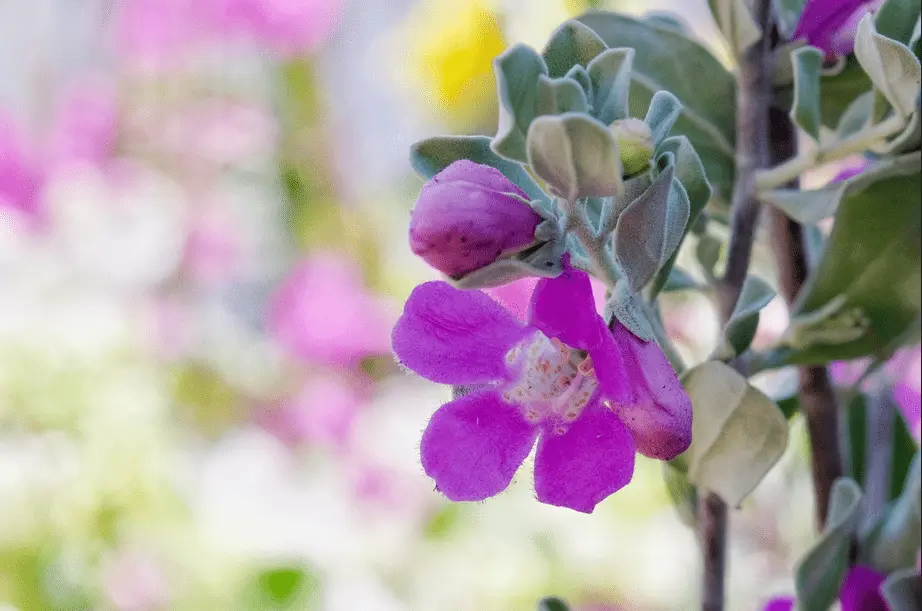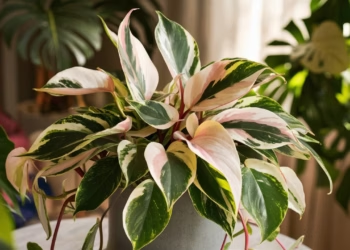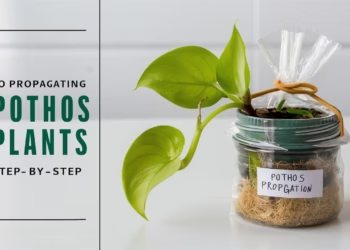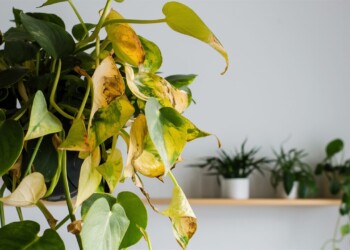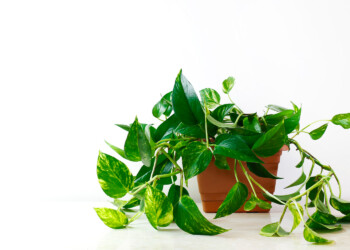Ever thought about bringing a touch of the wild Texas landscape right into your living room? Well, if you’re ready to add a dash of rustic charm to your indoor garden, Texas sage is the way to go! Known for its vibrant purple flowers and silvery foliage, Texas sage (Leucophyllum frutescens) isn’t just a pretty face; it’s tough as nails and surprisingly easy to care for indoors. In this guide, we’ll delve into the nitty-gritty of Texas sage care (indoor guide) to help you become the proud owner of a thriving indoor Texas sage plant.
What is Texas Sage?
Texas sage, also known as Cenizo, barometer bush, or Texas silverleaf, is a native shrub of the southwestern United States and northern Mexico. It’s celebrated for its drought tolerance and ability to bloom spectacularly after rain, making it a favorite among xeriscapers. Indoors, Texas sage offers a unique aesthetic with its silvery leaves and bursts of color.
Texas Sage Overview
- Genus Name: Leucophyllum frutescens
- Common Names: Texas Sage, Cenizo, Silverleaf, Wild Lilac, Texas Ranger, Barometer Bush
- Plant Type: Shrub
- Light: Part Sun to Full Sun
- Height: 6 to 8 feet
- Width: 4 to 6 feet
- Flower Color: Pink, Purple
- Foliage Color: Gray/Silver
- Season Features: Reblooming
- Special Features: Attracts Birds, Drought Tolerant
- Zones: 8, 9, 10
- Propagation: Seed, Stem Cuttings
Types of Texas Sage
- White Cloud: Gray foliage, white flowers, 6-8 feet tall.
- Silverado: Bright silver foliage, violet flowers, 4-6 feet tall.
- Green Cloud: Green foliage, prolific bloomer, 6 feet tall.
- Compacta: Small, 3-5 feet tall, ideal for pots.

Why Choose Texas Sage for Indoors?
You might be wondering, “Why should I bring this rugged outdoor shrub inside?” Here are a few reasons why Texas sage can be a fantastic addition to your indoor plant collection:
- Drought Tolerant: Perfect if you sometimes forget to water your plants.
- Pest Resistant: Less trouble with those pesky indoor bugs.
- Aesthetic Appeal: Its silvery foliage and purple blooms add a unique look.
- Air Purifying: Like many houseplants, it helps in keeping the indoor air clean.
How and When to Plant Texas Sage
Planting Season
Plant Texas sage in spring or autumn to allow roots to establish before extreme summer heat or winter freezes. Ensure adequate space for mature growth when selecting a site.
Planting Steps
- Prepare the Soil: Dig a hole as deep as the root ball and twice as wide. Loosen surrounding soil without adding compost or fertilizer.
- Planting: Place the shrub in the hole and backfill with soil. Water thoroughly.
- Mulching: Add a light layer of mulch around the plant, keeping it away from the stem to prevent rot and pests.
Care Tips for Indoor Texas Sage
Taking care of Texas sage indoors is a breeze if you know the ropes. Here’s everything you need to know:
1. Light Requirements
Texas sage loves sunlight – the more, the better! Place your plant in a spot where it can soak up at least 6-8 hours of direct sunlight daily. South or west-facing windows are ideal. If you don’t have enough natural light, consider using a grow light to supplement.
2. Watering
One of the most critical aspects of Texas sage care is getting the watering right. This plant hates being waterlogged! Here’s how to water it properly:
- Water Deeply, but Infrequently: Water the plant thoroughly, letting the excess drain out, and then allow the soil to dry completely before watering again.
- Watch for Overwatering: Yellowing leaves are a sign that you’re overdoing it with the water.
3. Soil and Potting
Good drainage is non-negotiable for Texas sage. Here’s what you should do:
- Soil Mix: Use a well-draining cactus or succulent mix. You can also make your own by mixing regular potting soil with sand and perlite.
- Pot Choice: Choose a pot with drainage holes to prevent water from pooling at the bottom.
4. Humidity and Temperature
Texas sage isn’t fussy about humidity, but it prefers dry conditions. As for temperature:
- Optimal Temperature: Keep it in a room that stays between 65-85°F (18-29°C).
- Avoid Cold Drafts: This plant isn’t a fan of cold; keep it away from drafty windows or doors in winter.
5. Fertilization
Avoid fertilizing Texas sage as it naturally thrives in low-fertility soils. Excessive fertilization can harm the plant.
6. Pruning
Prune Texas sage in late winter or early spring to encourage new growth and maintain shape. For a formal hedge, shear plants and thin out dense growth to improve air circulation.

How to Grow Texas Sage Indoors
Growing Texas sage from seeds or cuttings can be a fun and rewarding process. Here’s how to do it:
Growing from Seeds
- Start with Fresh Seeds: Ensure the seeds are fresh for better germination rates.
- Sow Seeds Shallowly: Plant the seeds about 1/8 inch deep in a well-draining soil mix.
- Keep the Soil Moist: Lightly water the soil to keep it moist but not soggy.
- Provide Warmth and Light: Place the seed tray in a warm spot with plenty of light.
Propagating from Cuttings
- Take Healthy Cuttings: Cut a 4-6 inch piece from a healthy Texas sage plant.
- Prepare the Cutting: Remove the lower leaves and dip the cut end in rooting hormone.
- Plant the Cutting: Insert the cutting into a pot with a well-draining soil mix.
- Water Sparingly: Water the soil lightly and cover the pot with a plastic bag to create a humid environment.
- Wait for Roots to Develop: After a few weeks, check for root development and then transfer to a larger pot.
Common Issues and How to Solve Them
Even the toughest plants can run into trouble now and then. Here are some common issues with Texas sage and how to fix them:
1. Yellowing Leaves
- Cause: Overwatering or poor drainage.
- Solution: Check the soil moisture and drainage. Adjust watering frequency and ensure the pot has adequate drainage holes.
2. Leggy Growth
- Cause: Insufficient light.
- Solution: Move the plant to a sunnier spot or supplement with a grow light.
3. Wilting
- Cause: Underwatering.
- Solution: Water the plant thoroughly and ensure consistent watering practices.

Texas sage is a wonderful addition to any indoor garden, offering beauty, resilience, and a touch of southwestern charm. By following this Texas sage care (indoor guide) you’ll be well on your way to cultivating a healthy, happy plant that thrives in your home. Remember, the key to success with Texas sage is plenty of light, proper watering, and well-draining soil. With a bit of attention and care, your Texas sage will reward you with its stunning foliage and vibrant blooms. Happy gardening!
FAQs
Where does Texas sage grow best?
Texas sage (Leucophyllum frutescens), also known as Texas ranger, grows best in well-drained soils and areas with full sun. It thrives in hot, arid climates, making it ideal for regions like the southwestern United States, including Texas, New Mexico, and Arizona. Texas sage prefers alkaline to neutral pH soils and can tolerate poor soil conditions, drought, and high temperatures.
How long will Texas sage live?
Texas sage is a hardy shrub that can live for many years, typically around 20-30 years under optimal growing conditions. Proper care, including well-drained soil, minimal watering once established, and protection from extreme cold, will help maximize its lifespan.
How do you care for a Nikodia plant?
Here’s how to care for them:
- Sunlight: Nicotiana plants thrive in full sun to partial shade.
- Watering: Keep the soil consistently moist but not waterlogged. Water when the top inch of soil feels dry.
- Soil: Plant in well-drained, fertile soil.
- Fertilizing: Feed with a balanced fertilizer during the growing season.
- Pruning: Deadhead spent flowers to encourage new blooms.
- Pest Control: Watch for aphids, whiteflies, and other common garden pests. Treat with appropriate insecticides if necessary.
Should you water sage every day?
No, you should not water sage (Salvia officinalis) every day. Sage is a drought-tolerant herb and prefers its soil to dry out between waterings. Overwatering can lead to root rot and other issues. Water sage when the top inch of soil feels dry to the touch. This typically means watering once every 1-2 weeks, depending on the climate and soil conditions. Adjust the frequency during extremely hot or dry weather.
Why are the leaves of my Texas sage turning yellow?
Yellow leaves are usually a sign of overwatering. Adjust your watering schedule and check for proper drainage.
